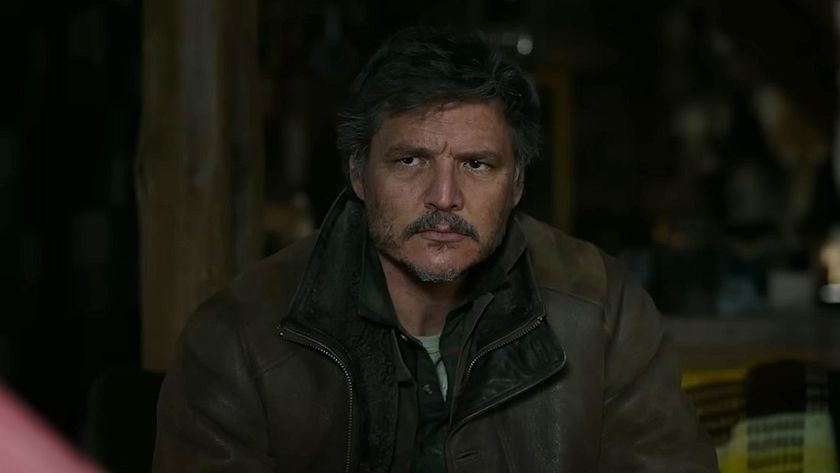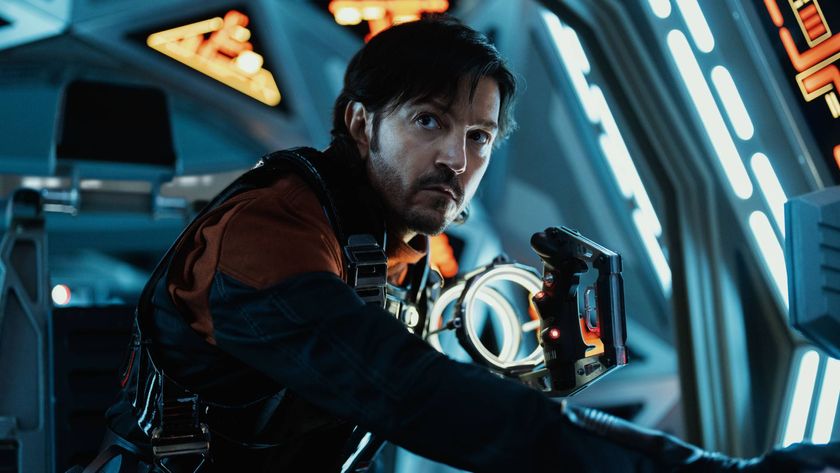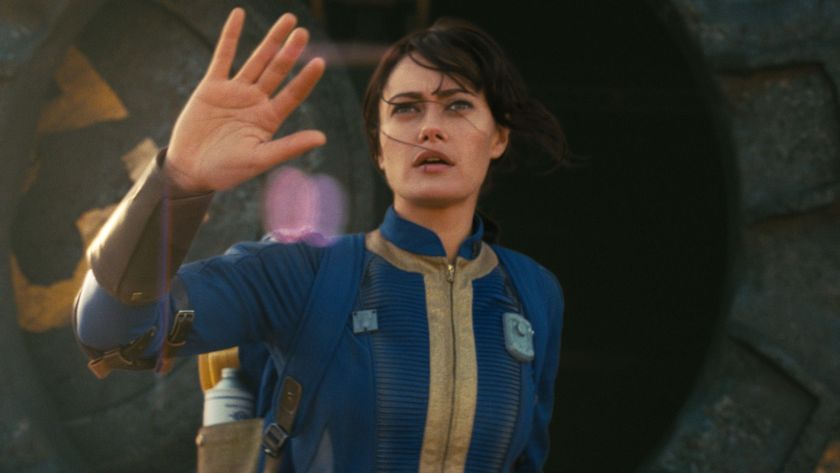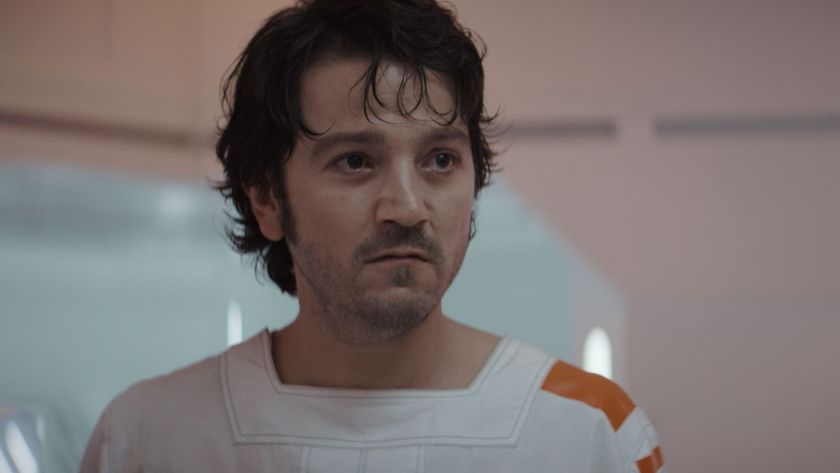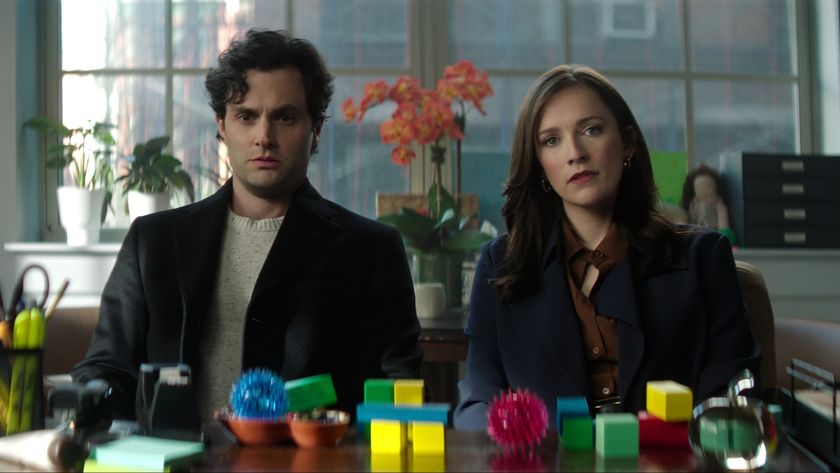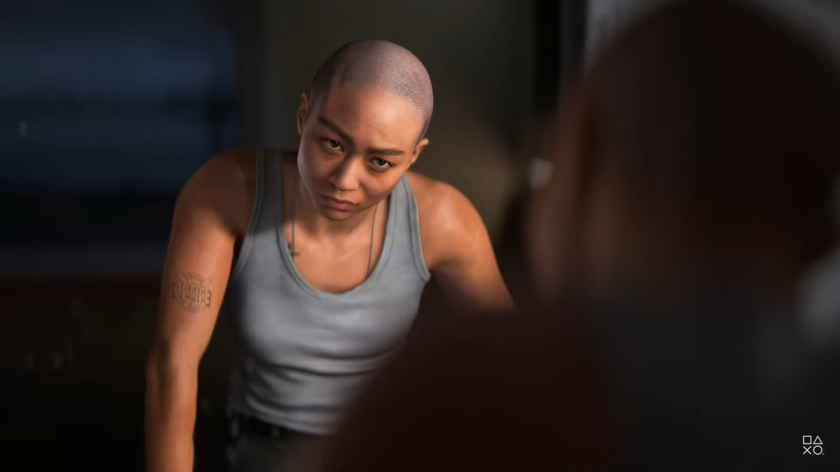Frankenweenie: Production Designer Interview
Richard Edwards talks to Rick Heinrichs about creating a black and white world
“Stop-motion is one of the few film-making mediums in which there is still – even with the help of CGI to help you extend things – the sense of the artisan, the craftsman, the hand of the artist on the puppet, and that’s the aspect of it that’s thrilling.” Frankenweenie production designer Rick Heinrichs
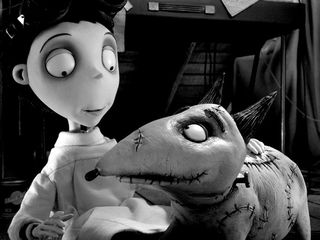
Full circle indeed, because Heinrichs worked on Burton’s critically-acclaimed stop-motion animated new version of Frankenweenie ( out now on 3D Blu-ray, Blu-ray and DVD ).
In the meantime he has also worked on such diverse films as Fargo , The Big Lebowski , Sleepy Hollow , Hulk , Pirates Of The Caribbean 2 and 3, The Wolfman and Captain America . But he’s never lost his original love for animation.
What are the main differences of working on an animated movie as opposed to a live action one, in terms of production design?
“Comparing the two, one of the thrills about animation is that you are able to create a consistently realised world. In live action you’re a little bit at the mercy of the locations.
“But for a live action designer, to go from working on full-sized sets on soundstages, to a stop-motion animation facility where you’ve got 30 different set-ups with miniature sets going on at different stages of filming and shooting simultaneously… It’s just such a pleasure to see that happening and to walk around that. Because you physically feel immersed in the world of the sets when you’re doing that. Particularly when you stick your head and your eye into the camera to see what the actual view is of the sets.
“I love both. I love live action as well. But there are different challenges. And one of the pleasures as I mentioned of stop-motion is the ability to really design it from the ground up.”
Sign up to the SFX Newsletter
Get sneak previews, exclusive competitions and details of special events each month!
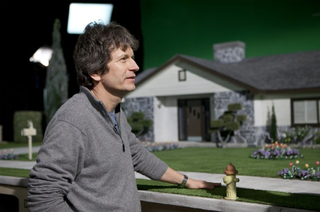
Do you have a similar artistic sensibility to Tim Burton?
“Yes. Actually, one of the first things I saw was his CalArts ( California Institute Of The Arts – factoid ed ) end-of-the-year animated project called Stalk of The Celery Monster . And there was a loopy sensibility to it, an off-kilter drawing style and sense of animation, that was so sophisticated for the time and just instantly entertaining. And sort of thrilled you with a unique and unusual take on some subject matter.
“Even at an early stage Tim was talking to an audience as a director who has a story to tell and an interesting way of telling it. So I was very much in awe of him even before I started working with him. Part of the thrill for me was to be able to help him realise his vision – my interest was sculpture and model making and animation, and I developed into a production designer/art direction person based on all those interests, as interpreted through my work with Tim.”
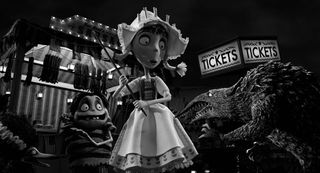
Tim Burton has a very distinctive visual style. How much artistic control do you have or do you have to largely build from his designs?
“I put an awful lot of myself into it. We’re partly at the stage in our work relationship where Tim is now a director who does what directors do – although a very artistically talented director who does do really quick sketches. But it’s at a stage where I present work to Tim, we talk about it, we discuss it.
“Tim, as with the Coen Brothers, as with Ang Lee, as with Gore Verbinksi, as with Joe Johnston, as with any other director that I’ve worked with who is visually attuned, they’re interested in telling you what their feel is of the scene is… what their feel of the movie is… and it really is your job as designer to interpret that emotional impact.
“But Tim does give you wonderful reference to work with, and he definitely has a lantern and a map to help you to navigate where he wants you to go. That’s one of the reasons I prefer to work with very visually attuned directors.”
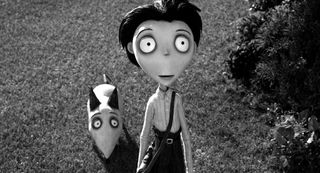
Did working in black and white for Frankenweenie present any particular challenges?
“Yes. You actually have to do a lot of testing because you can develop a palette of tones that work in real life that don’t work exactly as you thought they would on camera. Because we experience the world in colour, even the black and white paint that we painted on the buildings appears differently one you photograph it.
“So it’s a challenge because you’re limiting your palette. At the same time, once you have explored it and defined what the parameters are, the tool kit you’re working with, it’s a much more powerful way of controlling the emotional impact of the sets.”
What about the practicalities of working with miniature sets? Presumably you have to work out how the things are going to be shot?
“That is one of the critical things. People don’t realise it. They think the designer just kinda draws some pictures and come up with a look and feel. But it is majorly a management job as well. You’re working with the art directors and the construction people and the animators, trying to figure out not just the look of the film, but what the machine is that is producing that look. How the footprint of the production is going to be laid out.
“There’s always one most important thing that you’ve gotta figure out initially with any film. With Frankenweenie it was the scale of our most important character. What is the smallest armature that we could fit into Sparky? We determined that it was a four-inch armature, and all the rest of the puppets and therefore all the sets got scaled up from that point.
“We discovered that it was quite a large neighbourhood that we were embarking on building. It would have been too large a set to build the whole neighbourhood so we built several of the houses to Sparky scale, then we did a smaller scale version of the general neighbourhood, and then we were able to expand the view with visual effects, you know, sky and the landscape beyond the neighbourhood. So this is where computers have become an enormously powerful and helpful tool even on stop-motion movies.”
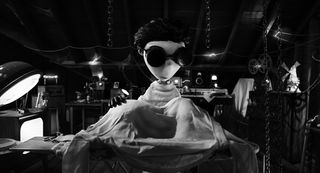
Do you prefer working on fantasy films?
“What I like to do is take something that is grounded in reality and then play with it and push it and stylise it and create something new out of it that gives you a distilled feeling and emotional reaction to whatever it is you’re working on. I guess that’s fantasy.
“I also worked with the Coen Brothers on The Big Lebowski and Fargo and there’s a different kind of stylisation going on there. The selection of locations, the depiction of certain things and how they were shot and working with a cinematographer like Roger Deakins who is incredible and an artist in his own way.”
Thank you Rick Heinrichs
Frankenweenie is out now on 3D Blu-ray, Blu-ray and DVD
Richard is a freelancer journalist and editor, and was once a physicist. Rich is the former editor of SFX Magazine, but has since gone freelance, writing for websites and publications including 12DOVE, SFX, Total Film, and more. He also co-hosts the podcast, Robby the Robot's Waiting, which is focused on sci-fi and fantasy.

